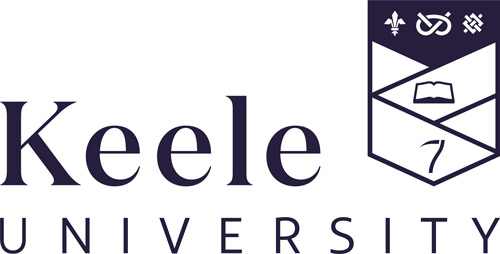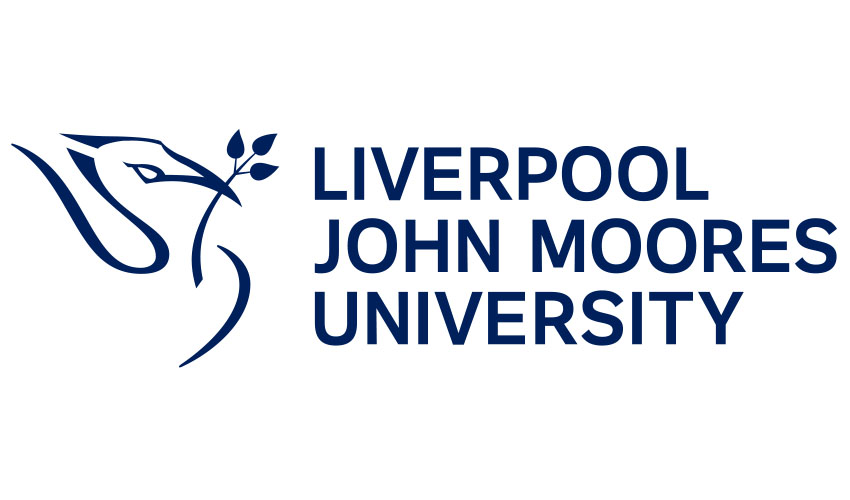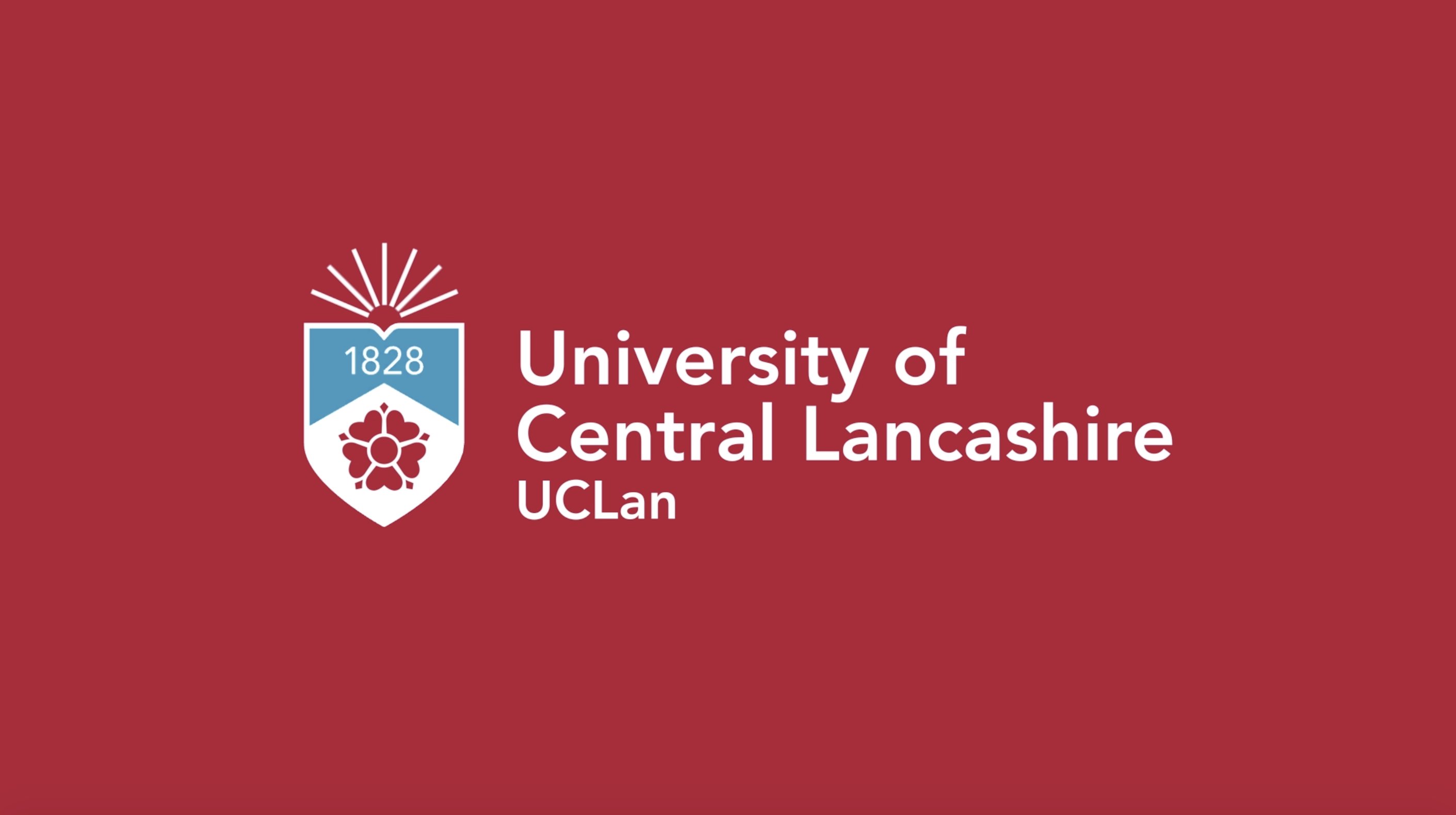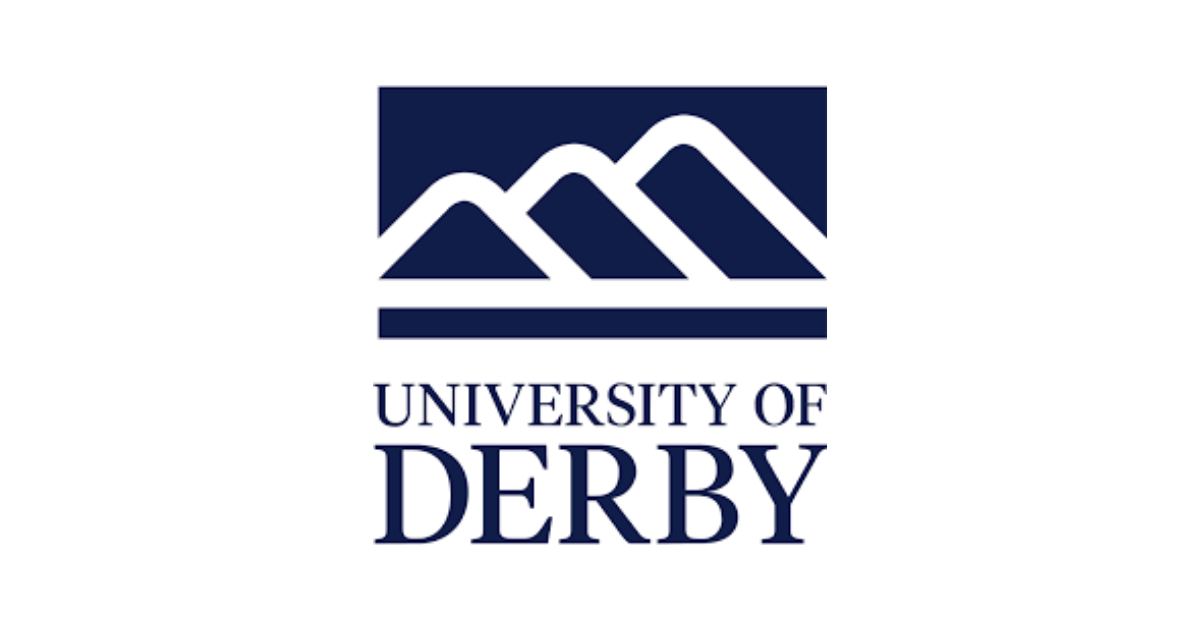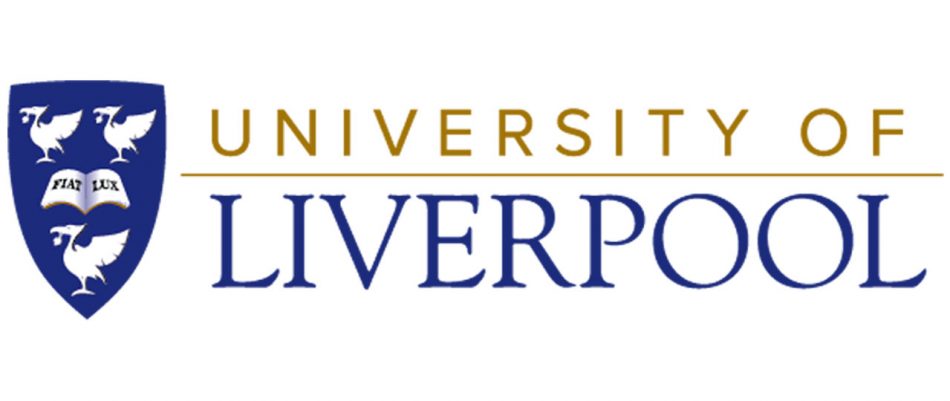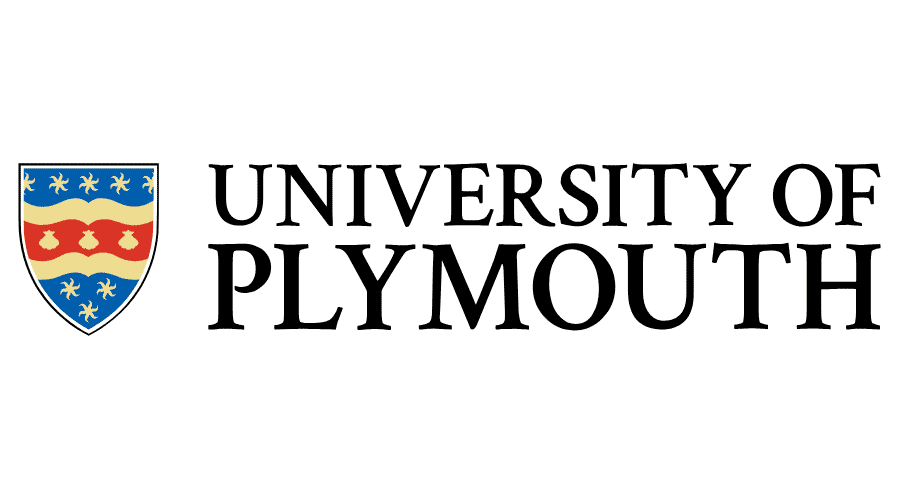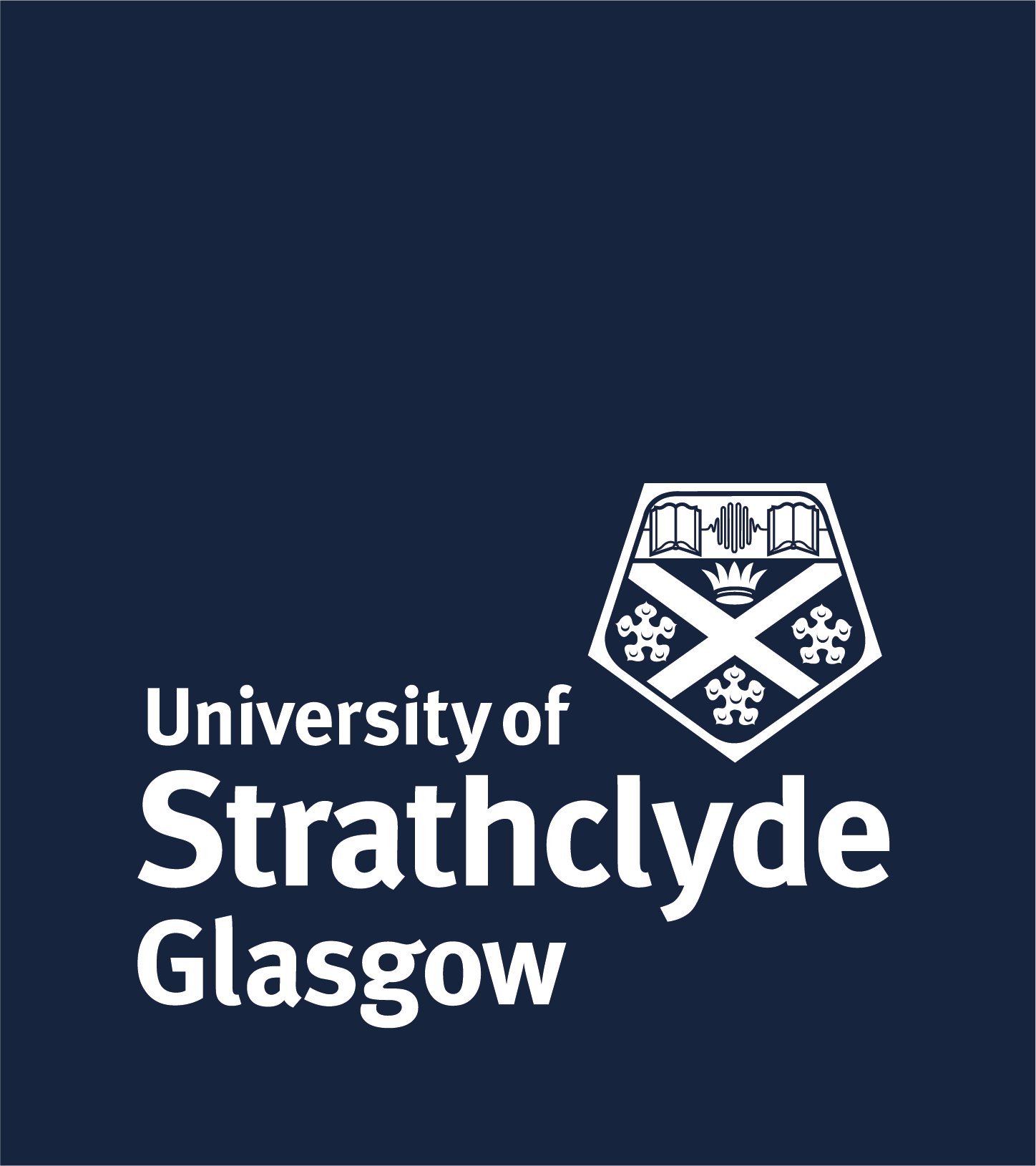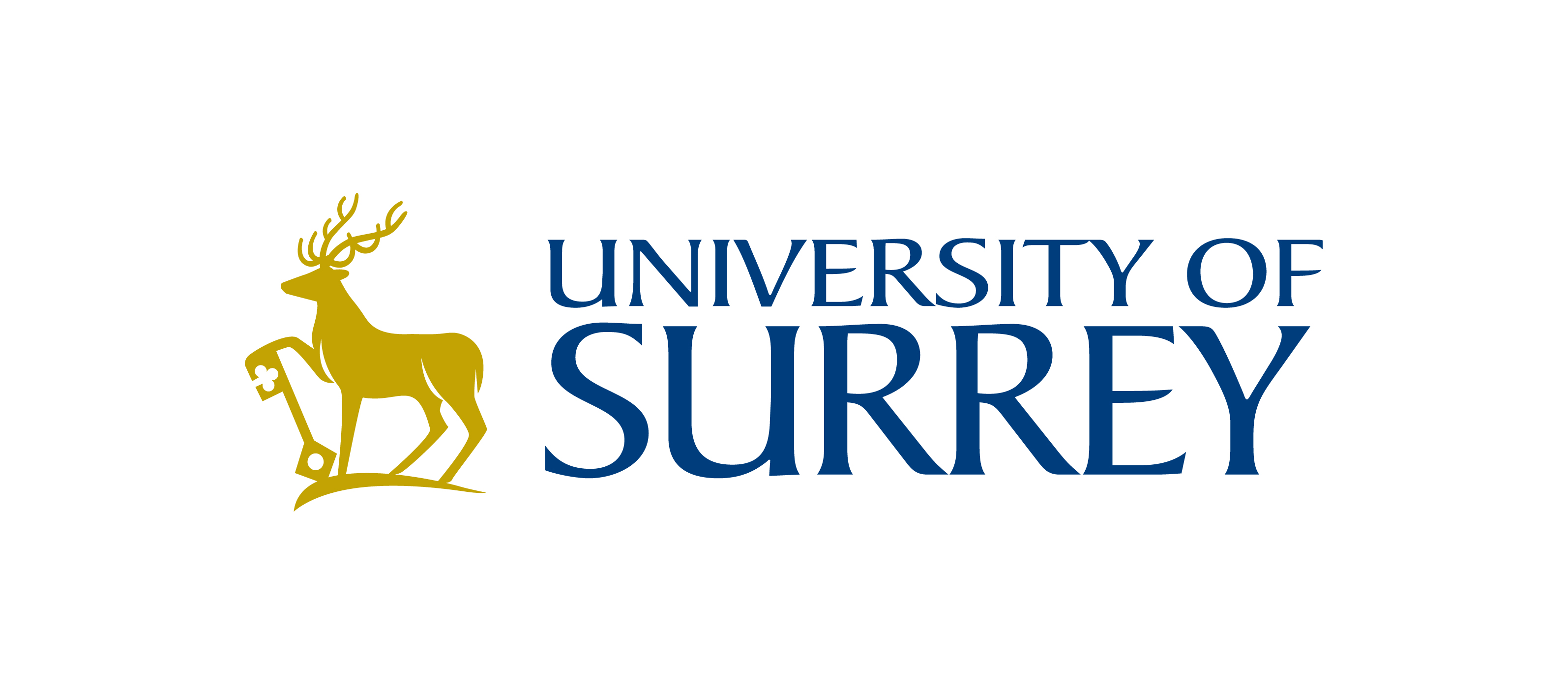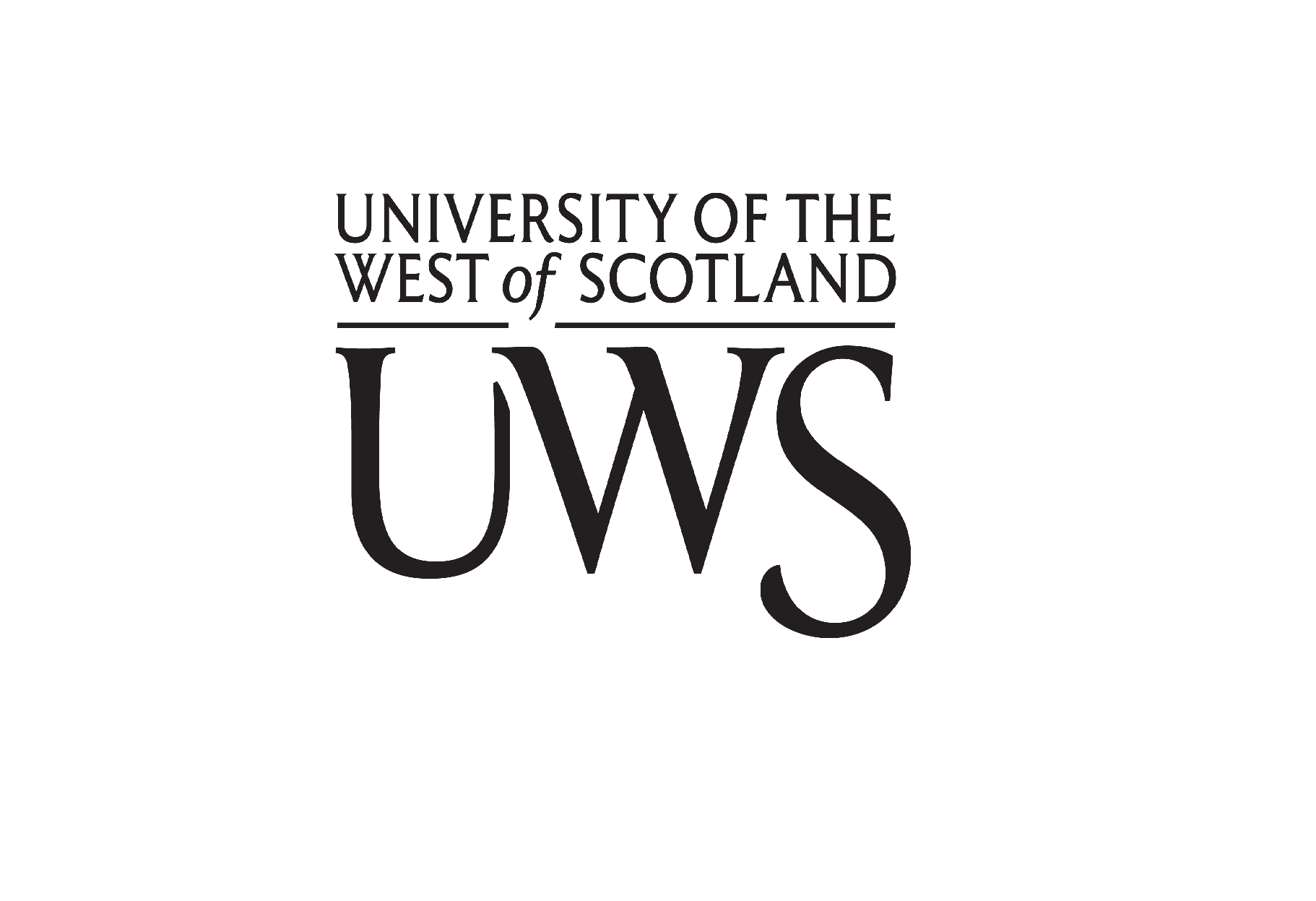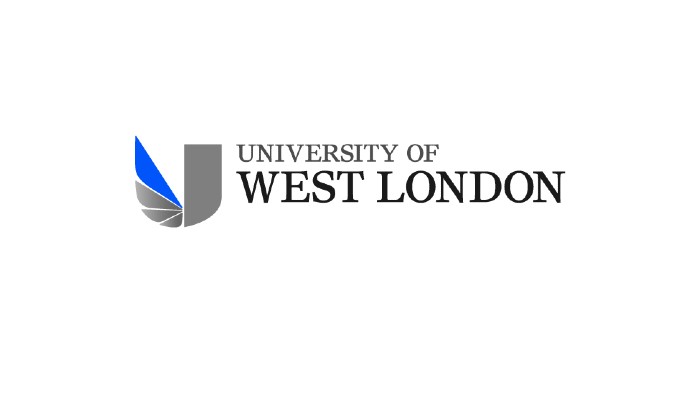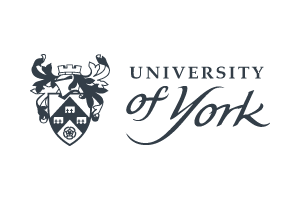Cyber Security Course: Safeguard the Digital World
In today's interconnected world, where data breaches and cyber threats are on the rise, pursuing a Cyber Security course abroad offers Indian students a golden opportunity to become guardians of the digital realm. With India's booming IT sector and increasing cyber attacks—over 1.3 million reported in 2022 alone—studying Cyber Security internationally equips you with cutting-edge skills to protect organizations from sophisticated threats. This page explores everything you need to know about Cyber Security programs, from curriculum highlights to career prospects, tailored for ambitious Indian students dreaming of global opportunities.
Why Choose Cyber Security as a Study Abroad Option?
Cyber Security is one of the fastest-growing fields globally, with a projected demand for 3.5 million professionals by 2025, according to Cybersecurity Ventures. For Indian students, studying abroad in this discipline means accessing world-class education, advanced labs, and international certifications that are highly valued back home. Countries like the USA, UK, Australia, and Canada lead in Cyber Security innovation, offering programs that blend theory with hands-on practice.
- High Demand in India and Globally: Indian firms like TCS, Infosys, and Wipro are investing heavily in cyber defenses, creating jobs with salaries starting at ₹8-12 lakhs per annum for freshers.
- Skill Gap Opportunity: With only 20% of global cyber roles filled, your international degree positions you as a top candidate.
- Scholarships for Indian Students: Many universities offer merit-based aid, covering up to 50% of tuition for STEM fields like Cyber Security.
- Post-Study Work Visas: Programs in Australia and Canada allow 2-3 years of work experience post-graduation, easing the transition to employment.
Course Overview and Eligibility
Cyber Security courses abroad are available at undergraduate (BSc/BTech), postgraduate (MSc/MTech), and diploma levels. Most programs last 1-4 years, depending on the degree. As an Indian student, you'll appreciate the focus on practical skills like ethical hacking and risk management, which align with global standards such as NIST and ISO 27001.
Typical Eligibility Criteria
| Level | Academic Requirements | English Proficiency | Other Requirements |
|---|---|---|---|
| Undergraduate | 12th grade with 60-70% in PCM (Physics, Chemistry, Maths) | IELTS 6.0+ or TOEFL 80+ | SAT/ACT scores; Statement of Purpose (SOP) |
| Postgraduate | Bachelor's in CS/IT/Engineering with 55-65% GPA | IELTS 6.5+ or TOEFL 90+ | 2-3 years work experience preferred; GRE optional |
| Diploma/Certification | 10+2 or equivalent | IELTS 5.5+ | Basic IT knowledge; Portfolio of projects |
Note: Indian students from CBSE/ICSE boards are well-prepared, but bridging courses may be needed for non-English medium backgrounds. Always check university-specific requirements.
Curriculum Highlights
A typical Cyber Security curriculum abroad emphasizes interdisciplinary learning, combining computer science, law, and ethics. You'll gain expertise in defending against ransomware, phishing, and AI-driven attacks—skills crucial for India's digital economy under initiatives like Digital India.
Core Modules
- Fundamentals of Networking and Operating Systems: Learn TCP/IP, Linux/Windows security, and cloud platforms like AWS and Azure.
- Cryptography and Data Protection: Study encryption algorithms (AES, RSA) and compliance standards like GDPR, relevant for multinational firms operating in India.
- Ethical Hacking and Penetration Testing: Hands-on labs using tools like Metasploit and Wireshark to simulate real-world breaches.
- Cyber Threat Intelligence: Analyze malware, insider threats, and geopolitical cyber risks, with case studies from global incidents like the 2021 Colonial Pipeline hack.
- Risk Management and Forensics: Develop policies for incident response and digital evidence collection, preparing you for roles in India's CERT-In.
- Emerging Technologies: Explore blockchain security, IoT vulnerabilities, and AI in cyber defense—hot topics for startups in Bengaluru and Hyderabad.
Many programs include internships with tech giants like Google, Microsoft, or Cisco, offering stipends of $20,000-$30,000 annually. Indian students often highlight the collaborative projects that build teamwork skills for diverse workplaces.
Top Destinations and Universities for Indian Students
Choosing the right country matters for visa ease, cultural adaptation, and job markets. Here's a breakdown:
- USA: Hub for Silicon Valley opportunities. Universities like Carnegie Mellon (MS in Information Security) and Purdue offer tuition around $40,000/year. Indian students benefit from OPT (Optional Practical Training) for 3 years in STEM.
- UK: Short 1-year MSc programs save time and money (tuition £15,000-£25,000). Standouts: University of Warwick and Royal Holloway, with strong ties to GCHQ (UK's NSA equivalent). Post-study work visa: 2 years.
- Australia: Focus on practical training. Universities like Monash and Deakin (tuition AUD 30,000-40,000) provide 2-4 year post-study work rights. Safe environment with large Indian diaspora.
- Canada: Affordable and welcoming. Programs at University of Toronto or Waterloo (CAD 25,000-35,000/year) lead to PGWP (up to 3 years work). High employability in Toronto's tech scene.
- Other Options: Germany (TU Munich, low tuition €0-5,000) for EU exposure; Singapore (NUS) for Asian-Pacific focus, ideal for returning to India.
For Indian students, consider factors like part-time work allowances (20 hours/week) to offset costs, and scholarships like Fulbright (USA) or Chevening (UK) that prioritize South Asians.
Career Prospects and Salary Expectations
Graduates in Cyber Security enjoy lucrative careers. In India, entry-level roles like Security Analyst pay ₹6-10 lakhs, rising to ₹20-50 lakhs for specialists. Abroad, starting salaries are $70,000-$100,000 USD, with paths to citizenship in many countries.
Popular Job Roles
| Role | Description | Average Salary (India/Global) | Top Employers |
|---|---|---|---|
| Cyber Security Analyst | Monitor networks for threats and implement defenses | ₹8 lakhs / $85,000 | Deloitte, IBM, Indian Banks |
| Ethical Hacker | Test systems for vulnerabilities | ₹12 lakhs / $95,000 | Accenture, HackerOne |
| Incident Response Specialist | Handle breaches and recovery | ₹15 lakhs / $110,000 | CERT-In, FireEye |
| Security Architect | Design secure infrastructures | ₹25 lakhs / $130,000 | Cisco, Palo Alto Networks |
Certifications like CISSP, CEH, or CompTIA Security+ (often included in courses) boost employability by 30-40%. Many alumni return to India for roles in fintech or government, or stay abroad for higher earnings.
Challenges and Tips for Indian Students
Studying abroad isn't without hurdles—cultural shock, high costs (total ₹20-50 lakhs including living expenses), and visa processes. However, preparation makes it manageable.
- Financial Planning: Budget for tuition, accommodation (£500-£1,000/month abroad), and flights. Use education loans from Indian banks like SBI at low interest.
- Visa Guidance: F-1 (USA), Tier 4 (UK), or Student Visa (Australia) require proof of funds and genuine intent. Success rate for Indians: 70-80% with strong applications.
- Adapting to New Cultures: Join Indian student societies for festivals like Diwali. Focus on soft skills like communication to thrive in group projects.
- Mental Health: Universities offer counseling; connect with peers via platforms like ISIC for support.
Success stories abound: Rahul from Delhi, who studied at the University of Melbourne, now leads cyber ops at KPMG India, crediting his abroad experience for advanced threat modeling skills.
Take the Next Step
Embarking on a Cyber Security course abroad can transform your career, blending India's tech prowess with global expertise. With rising threats like the 2023 MOVEit breach affecting millions, your skills will be indispensable. Contact our counselors today for personalized university recommendations, application assistance, and scholarship hunts. Secure your future in the digital age—apply now and protect tomorrow!









